Search
Did you mean: Fates?
Search Results
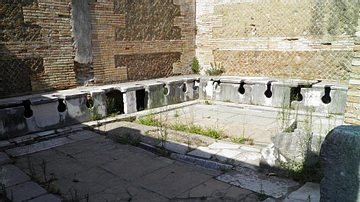
Image
Roman Latrine, Ostia
The communal latrine at Ostia. This public latrine (forica) was installed near the Forum Baths, perhaps when the Baths themselves were repaired in the Late Empire (4th century CE).
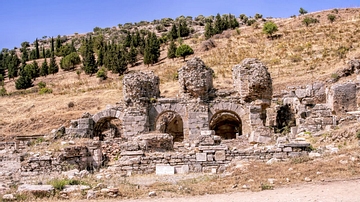
Image
The Square of Verulanus at Ephesus
The Square of Verulanus at Ephesus, was a spacious, arcaded courtyard for the training of athletes. It consisted of a number of buildings grouped around a central courtyard. The Great Baths or Harbor Baths, were built in the 2nd century CE...
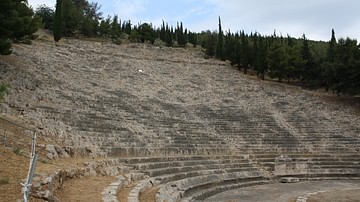
Definition
Ancient Argos
Ancient Argos, located in the Peloponnese in Greece, was a major Mycenaean settlement in the Late Bronze Age (1700-1100 BCE) and remained important throughout the Greek, Hellenistic, and Roman periods until its destruction by the Visigoths...
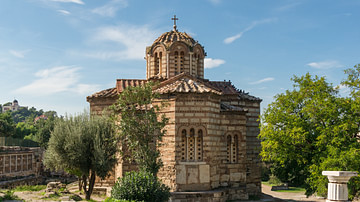
Definition
Byzantine Architecture
The architecture of the Byzantine Empire (4th - 15th century CE) continued its early Roman traditions but architects also added new structures to their already formidable repertoire, notably improved fortification walls and domed churches...
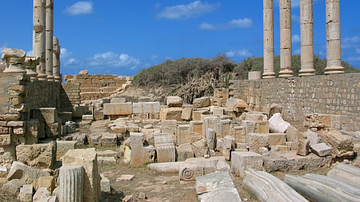
Definition
Leptis Magna
Leptis Magna (aka Lepcis Magna), located in western Libya, North Africa, was a Phoenician city founded by Tyre in the 7th century BCE. Continuing to be a major city in the Roman period, it was the birthplace of Emperor Septimius Severus (r...
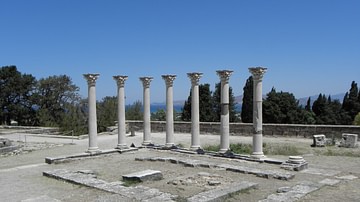
Definition
Kos
Kos (Cos) is a Greek island in the south-east Aegean, part of the Dodecanese (ancient Sporades) group which prospered in antiquity due to its location on trade routes between Egypt, Syria, Cyprus, and Anatolia. Settled from the Bronze Age...
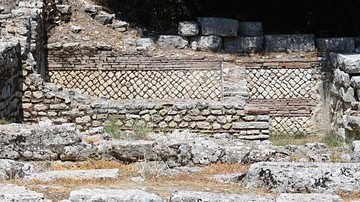
Article
Roman Walls
The many Roman walls still visible today throughout Europe and the Mediterranean, be they defensive walls such as the Servian Wall or house and monument walls, tell us a great deal about the evolution of Roman construction techniques. Roman...
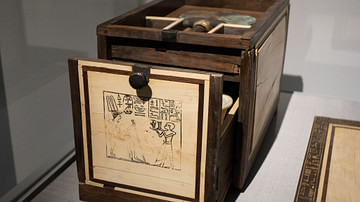
Article
Cosmetics, Perfume, & Hygiene in Ancient Egypt
For the ancient Egyptians life was a celebration, and so, just as one would want to look one's best at any party, personal hygiene was an important cultural value. The Egyptians bathed daily, shaved their heads to prevent lice or other problems...
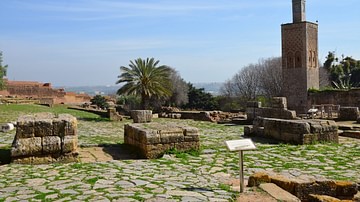
Article
Exploring Roman Morocco
Morocco, then known as Mauretania, was annexed by the Roman Empire in 40 CE. The Romans in Morocco left a vast legacy with archaeological sites that dot the country's northern landscape, especially Volubilis, with its vestiges of Roman houses...
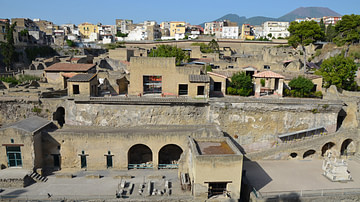
Article
A Visitor's Guide to Herculaneum
In the first part of our new travel series devoted to the archaeological sites around the Bay of Naples, we shared some hints and tips as to how you can best prepare for your self-guided tour of Pompeii. In this second part, we look into...